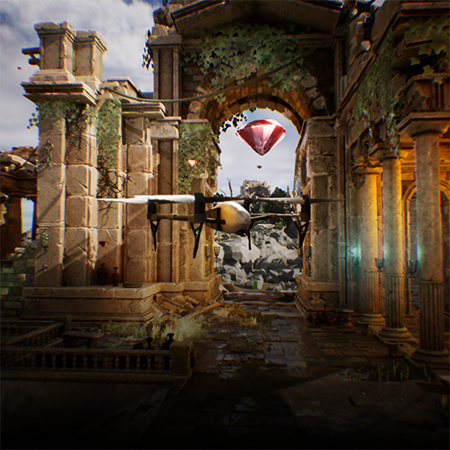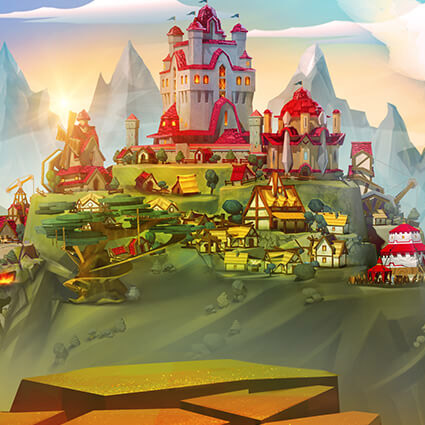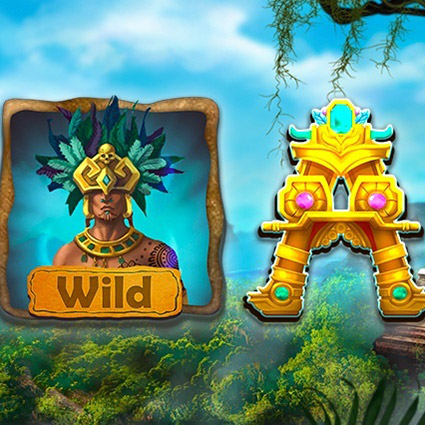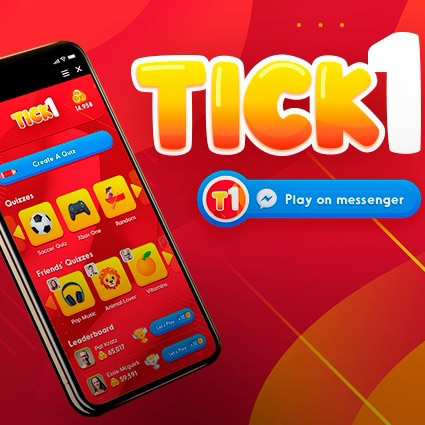Terms like "remake" and "remaster" often confuse the gaming industry, especially when discussing full-cycle game development. Differentiating between these concepts is crucial for developers and players alike. A remake usually involves completely rebuilding a game, with significant updates to gameplay, graphics, and sometimes even the storyline. This process requires more extensive work as it creates a new game while keeping the original's essence.
In contrast, a remaster updates the existing game, focusing primarily on enhancing visual fidelity and performance to meet modern standards. Remasters generally maintain the original game's core experience, making them quicker and less resource-intensive than remakes. Knowing the difference between these two approaches is essential for making informed decisions in game development.
By clearly understanding these concepts, developers can better align their projects with audience expectations and technological advancements, ensuring a successful outcome in the highly competitive gaming market.
The Essence of Video Game Remakes and Remasters
In narrative game design, distinguishing between remakes and remasters is crucial in how developers approach game updates and re-releases. Remakes involve a comprehensive redevelopment process, often starting from scratch while maintaining the essence of the original game. This approach allows developers to introduce new gameplay mechanics, updated graphics, and even revised storylines.
The primary goal is to offer players a fresh experience while respecting the source material. On the other hand, remasters focus on enhancing the existing game, primarily through improved graphics, sound, and performance optimizations. The core game remains unchanged, but the experience is elevated to meet modern standards.
Deciding between a remake or a remaster depends on various factors, including the intended audience, the resources available, and the project's specific goals. Understanding these differences helps developers make informed choices that align with their vision and the expectations of their audience.
What Is a Remake?
A remake involves completely rebuilding a game from the ground up while retaining the original’s core elements. Developers often take the opportunity to enhance graphics, introduce modern gameplay mechanics, and sometimes expand or modify the storyline. Remakes are designed to provide both new and returning players with an experience that feels familiar yet fresh. The process typically requires significant resources and time, as it essentially results in a new game that honors the original while bringing it up to current standards.
What Is a Remaster?
A remaster updates an existing game to align with modern hardware and software capabilities. The primary focus is on improving visual fidelity, sound quality, and overall performance. Unlike a remake, a remaster does not involve significant changes to gameplay or story elements. Instead, it preserves the original experience, making it more accessible and enjoyable on current platforms. Remasters are often quicker to produce and serve as a way to reintroduce classic games to new audiences without altering their fundamental design.
Difference Between a Remake and Remaster
The critical difference between a remake and a remaster lies in the scope and depth of the changes made to the original game. A remake involves rebuilding the game from the ground up, allowing developers to introduce new mechanics, update graphics, and even alter the storyline if needed.
The result is a game that feels new while maintaining the essence of the original. In contrast, a remaster focuses on enhancing the existing game, primarily through improved graphics, sound, and performance optimizations. The core gameplay, design, and story remain unchanged, making remasters less resource-intensive compared to remakes.
While remakes aim to refresh and reimagine the original, remasters preserve the original experience, ensuring it meets modern technical standards. Both approaches serve distinct purposes depending on the development team's goals and the target audience's expectations.
Why the Gaming Industry Needs Remakes and Remasters
Remakes and remasters play a vital role in the gaming industry by preserving classic games and making them accessible to new generations of players. They allow developers to breathe new life into beloved titles, ensuring they remain relevant in a rapidly evolving market. Remakes offer an opportunity to reimagine and update older games, while remasters enhance the original experience for modern platforms. Both approaches help maintain a connection between gaming’s past and present, enriching the industry’s cultural heritage.
Advancements in Game Design
Advancements in game design have transformed how developers approach creating and updating games. Integrating new technologies and design methodologies has significantly elevated the quality and complexity of modern games. When considering how to make a game demo, developers can now access advanced tools to showcase innovative gameplay mechanics, immersive narratives, and cutting-edge visuals.
A well-crafted demo serves as a crucial testing ground, enabling developers to gather feedback and refine their concepts before full-scale production. In remakes, these advancements allow for reimagining classic titles with new gameplay elements that were previously impossible due to technical limitations.
Enhanced AI, procedural generation, and more sophisticated narrative structures are examples of how modern game design has evolved. By leveraging these advancements, developers can create familiar and fresh experiences that appeal to new players and long-time fans of the original games.
Graphics and Audio Enhancements
Graphics and audio enhancements are critical components of both remakes and remasters, ensuring that older games meet the expectations of today’s players. Modern graphics technologies, such as ray tracing and high-definition textures, enable developers to transform the visual experience of classic games, making them look and feel more realistic.
Audio advancements, including 3D sound and higher-quality recordings, further immerse players, adding depth and atmosphere to the gaming experience. In remasters, these enhancements preserve the original content while upgrading its presentation, making the game more appealing to contemporary audiences.
Remakes often take these improvements even further, completely redesigning the visual and audio assets to align with current standards. By focusing on graphics and audio, developers can ensure that both remakes and remasters provide an engaging and immersive experience that resonates with players who expect the highest level of quality in modern gaming.
Let Game-Ace build an entire game for you!
Market Trends in Game Remakes and Remasters
The market for game remakes and remasters has seen significant growth in recent years, driven by both consumer demand and advancements in technology. Nostalgia plays a key role, with players eager to revisit beloved classics on modern platforms. Publishers recognize the financial potential of these projects, leading to a steady stream of remakes and remasters that cater to both new and returning audiences. This trend reflects the gaming industry’s ongoing effort to preserve its history while capitalizing on the enduring popularity of iconic titles.
Consumer Demand and Nostalgia
Consumer demand for game remakes and remasters is strongly influenced by nostalgia. Players often seek to relive the experiences of their favorite games from the past, driving interest in updated versions that maintain the essence of the original while offering improvements in graphics, audio, and gameplay. Nostalgia fuels demand among older players and introduces these classic titles to new audiences who may have missed the originals.
The emotional connection to these games often leads to a strong market response, as players are willing to invest in experiences that evoke memories of earlier gaming eras. Developers and publishers recognize this trend and strategically select titles with a dedicated fan base, ensuring that remakes and remasters resonate with long-time fans and newcomers. Combining improved technology and deep-seated nostalgia makes these projects particularly appealing, leading to continued success in the gaming market.
The Financial Appeal
The financial appeal of remakes and remasters lies in their ability to generate revenue with relatively lower risk than entirely new game development. Publishers are often drawn to these projects because they involve existing intellectual property with an established fan base, reducing the uncertainty typically associated with launching new titles. Remakes and remasters require less investment in conceptual development and narrative design, as the game's core elements are already in place.
Instead, resources can be focused on enhancing graphics, audio, and performance, which are crucial for attracting modern audiences. Additionally, remakes and remasters often benefit from cross-generational appeal, drawing in nostalgic players and new consumers interested in high-quality gaming experiences. The commercial success of these projects has made them an attractive option for developers and publishers, leading to a steady increase in their production within the industry. This financial viability ensures that remakes and remasters will remain a significant part of the gaming landscape.
Mentioning Successful Game Remakes and Remasters
Successful game remakes and remasters have played a pivotal role in defining the current gaming landscape. By carefully selecting titles with solid fan bases and cultural significance, developers have managed to honor the originals' legacy and introduce them to new audiences. The following examples highlight iconic remakes and remasters that have set the industry's standard for quality and innovation, serving as benchmarks for future projects.
Iconic Remakes that Set the Standard
Several game remakes have redefined what it means to honor a classic while introducing modern enhancements. These remakes often involve completely reimagining the original game, using current technology to bring the story and gameplay to life in new ways. For instance, Resident Evil 2 became a model for successfully reintroducing a beloved game to a new generation.
Developers retained the core elements that made the original a success while implementing significant improvements in graphics, controls, and gameplay mechanics. Final Fantasy VII Remake also set a high bar by expanding the original story and characters, offering a more profound and immersive experience without losing the essence that fans cherished. Another example, The Legend of Zelda: Link’s Awakening, kept the charm of the original while updating its visuals and gameplay for modern audiences.
- Resident Evil 2. Developers retained core elements and added major improvements.
- Final Fantasy VII Remake. Expanded the original’s story, providing a more profound experience.
- The Legend of Zelda: Link’s Awakening. Preserved the original charm while enhancing visuals.
These remakes guide future projects, demonstrating how to balance respect for the original with the need to appeal to contemporary gamers.
Remasters that Revitalized Classics
Remasters have proven essential in preserving classic games by updating them for modern platforms while retaining their original essence. Titles like The Last of Us Remastered exemplify how to enhance an already beloved game successfully. With improved graphics, frame rates, and additional content, this remaster offered new and returning players a polished experience that matched modern standards.
Another significant example, Shadow of the Colossus, received a remaster that dramatically improved its visual and technical aspects, breathing new life into a classic while maintaining the original’s haunting atmosphere. Similarly, Crash Bandicoot N. Sane Trilogy brought the beloved platformer series back to life with updated graphics and smoother gameplay, allowing a new generation to experience the charm of the original games.
- The Last of Us Remastered. Offered enhanced graphics and additional content.
- Shadow of the Colossus. Improved visual and technical aspects, maintaining an atmosphere.
- Crash Bandicoot N. Sane Trilogy. Updated graphics and gameplay, reviving the series.
These examples demonstrate how remasters can successfully revitalize classics, ensuring they remain relevant and enjoyable for both old and new players.
All the Remaster vs. Remake Challenges for You to Know
Pursuing a remaster or remake project introduces several business challenges that companies must manage strategically. Preserving the original game’s appeal while meeting modern market demands requires carefully balancing resources, timing, and audience expectations. Recognizing these challenges is essential for creating a product that resonates with loyal fans and new customers.
Creative and Technical Hurdles
Remakes and remasters present a number of business problems that must be addressed for organizations to succeed commercially. One of the most significant difficulties is resource allocation. Deciding whether to invest in a remake or a remaster necessitates careful financial preparation, as the scale of these projects varies greatly. Remakes frequently require more resources than remasters, including finance, time, and staff. Balancing these investments versus possible returns is a vital decision that affects the company's bottom line.
Another problem is balancing audience expectations. Fans of the original game frequently have strong emotional attachments to the title, making it critical to strike the correct balance between keeping the original's spirit and incorporating new enhancements. Failure to achieve these expectations may result in poor reviews and lower sales, harming the company's reputation. Furthermore, the market for remakes and remasters is highly competitive, with numerous companies competing for customer attention. Strategic factors such as deciding which game to remake or remaster and when to release to prevent competition can impact the project's success.
Additionally, incorporating current features, such as online services or backend support, raises new commercial considerations. Even single-player games may require backend infrastructure to support features such as cloud saves, updates, and analytics. Implementing these features can increase the project's complexity and cost. Therefore, it's critical to determine whether the investment will yield a suitable return. Balancing these financial, strategic, and technical hurdles ensures that remakes and remasters help the organization achieve its long-term goals.
Balancing Originality with Modern Expectations
Balancing originality with modern expectations presents significant business challenges for companies engaged in remakes and remasters. On one side, maintaining the original game’s core elements is crucial to appealing to nostalgic fans. On the other, modern audiences demand high-quality production values, updated mechanics, and fresh content that aligns with current standards. Failing to strike this balance risks creating a product that neither satisfies original fans nor attracts new customers, leading to disappointing sales.
Market positioning also becomes a critical challenge. Companies must carefully differentiate the remake or remaster from other titles, including the original game. Pricing strategies play a key role, as consumers may question the value of purchasing a remastered version, particularly if they already own the original. Offering additional content, such as exclusive features or collector’s editions, can justify the price but requires meticulous planning to ensure profitability.
Incorporating backend services, even for single-player games, adds another layer of complexity. The question of why your single-player game needs a backend is increasingly relevant as features like cloud save, regular updates and player data analytics become expected by modern players. These services require ongoing maintenance and support, potentially increasing operational costs. Companies must carefully evaluate the benefits of these features against their return on investment, ensuring that such decisions align with broader business objectives.
Ultimately, the challenge is to create a product that honors the original while meeting contemporary standards within a viable business model. Successfully addressing these challenges can result in a remake or remaster that resonates with nostalgic fans and new audiences, securing strong market performance.
The Business Value in the Battle of Remaster vs. Remake
The decision between pursuing a remaster or a remake carries significant business implications. Companies must weigh the costs, time investment, and potential market rewards to determine which approach aligns best with their strategic goals. Understanding the unique value propositions of each option helps businesses make informed decisions that maximize return on investment while minimizing risks associated with the development process.
Cost and Time Considerations
Cost and time considerations are paramount when evaluating the decision between a remaster and a remake. A remake often requires a more substantial investment, as it involves rebuilding the game from scratch, incorporating modern technologies such as procedural generation in games, and possibly reworking storylines or mechanics. This process can be time-consuming and resource-intensive, but the potential for high returns exists if the project resonates with new and existing audiences.
On the other hand, a remaster typically demands fewer resources, focusing primarily on enhancing visuals, audio, and performance. The time required for a remaster is generally shorter, allowing for a quicker turnaround and faster market entry. However, the financial return may be lower compared to a remake, as the product offers fewer new features and innovations.
Businesses must also consider the long-term impact of these projects. While remakes can significantly enhance a company’s reputation by revitalizing beloved franchises, they also come with higher risks due to the substantial investment required. Remasters, though less risky, may not generate as much excitement or revenue but can serve as a steady, reliable source of income.
Risk vs. Reward
| Risk Factors | Remaster | Remake |
| Investment Required | Lower investment required, focusing on upgrades to existing assets. | Higher investment required due to extensive development and potential use of new technologies. |
| Time to Market | Quicker turnaround allows for faster release. | Longer development time due to the need for rebuilding from the ground up. |
| Market Reception | Moderate reception, primarily appealing to fans of the original. | High potential for strong market impact if executed well, appealing to both new and old audiences. |
| Innovation Opportunities | Limited innovation, primarily focused on technical enhancements. | Significant opportunities to introduce new gameplay elements, possibly using procedural generation. |
| Revenue Potential | Steady revenue stream with lower risks. | Higher revenue potential but with increased financial and reputational risks. |
Key business considerations:
- Investment allocation. Determining the budget and resources required for remasters vs. remakes is crucial for maximizing return.
- Time management. Evaluating the timeline needed for development can impact market timing and competitive advantage.
- Market strategy. Understanding audience expectations and market positioning is vital for determining which project offers the most value.
- Risk assessment. Balancing the potential risks and rewards ensures that the chosen approach aligns with the company’s long-term goals.
Prospects of Remakes and Remasters in the Gaming Industry
The future of remakes and remasters in the gaming industry looks promising as both continue to play a vital role in preserving classic titles while introducing them to new audiences. The growing trend of revisiting and revitalizing older games is fueled by advancements in technology, such as procedural generation in games, which allows developers to enhance gameplay and graphics beyond what was previously possible. Remakes and remasters allow companies to leverage existing intellectual property with established fan bases, reducing the risks of launching entirely new titles.
The increasing demand for nostalgia-driven content also contributes to the bright prospects of remakes and remasters. As gaming continues to evolve, these projects help bridge the gap between past and present, ensuring that iconic games remain relevant and accessible to modern players. Moreover, the ability to re-release games on new platforms broadens the market reach, attracting long-time fans and younger generations who may have missed the original releases.
In summary, the enduring appeal of classic games, combined with technological advancements and market demand, positions remakes and remasters as a sustainable and profitable segment within the gaming industry. As long as companies can balance originality with modern expectations, the prospects for these projects will remain strong, ensuring their continued success in the years to come.
Game-Ace Insights: Conclusion and Final Takeaways
Choosing the right partner for game development is crucial to ensuring the success of your project. As a custom game development company, Game-Ace offers a unique blend of experience, innovation, and technical expertise that sets us apart in the industry. Our team is equipped to handle everything from remakes and remasters to entirely new projects, providing tailored solutions that meet your specific needs.
We understand the complexities of modern game development and are committed to delivering high-quality products that resonate with your target audience. Whether you are looking to breathe new life into a classic game or create a brand-new experience, our expertise ensures that your vision becomes a reality. Don’t leave your project to chance — contact us today to discuss how we can help bring your game to life with custom solutions designed to exceed your expectations.
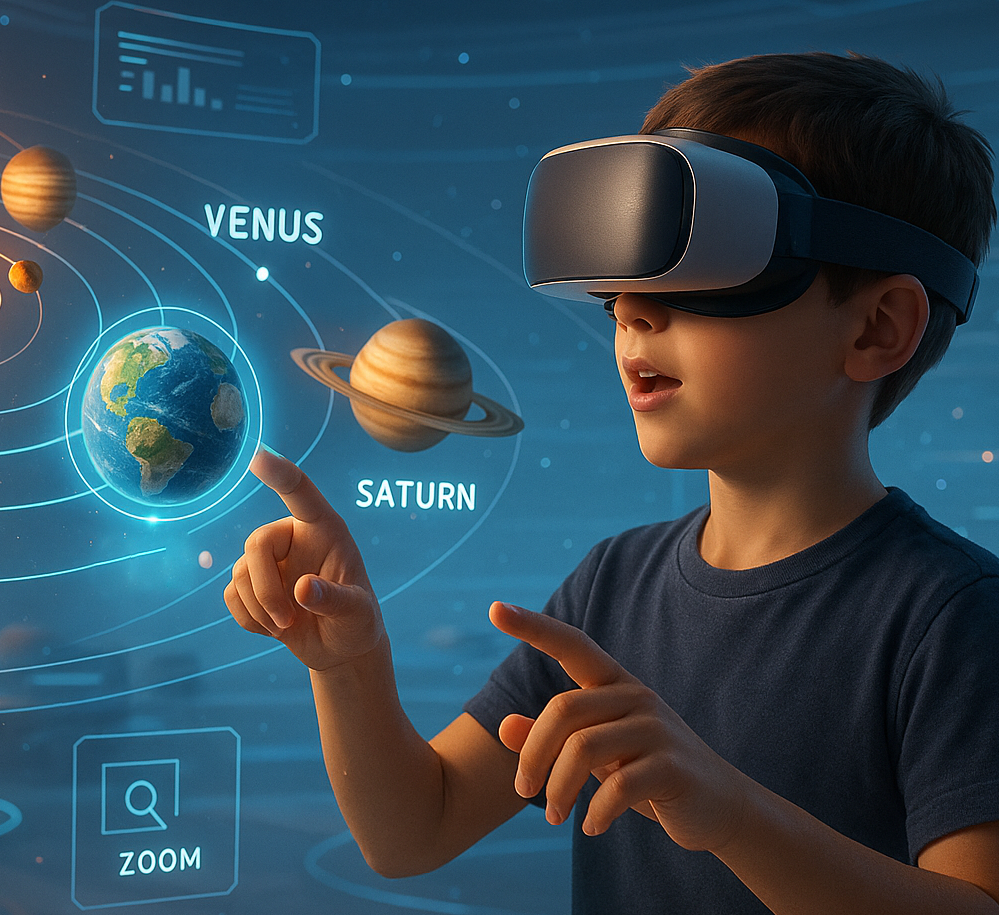 How to Design Learning Games That Teach Real-World Skills to Young Learners
How to Design Learning Games That Teach Real-World Skills to Young Learners 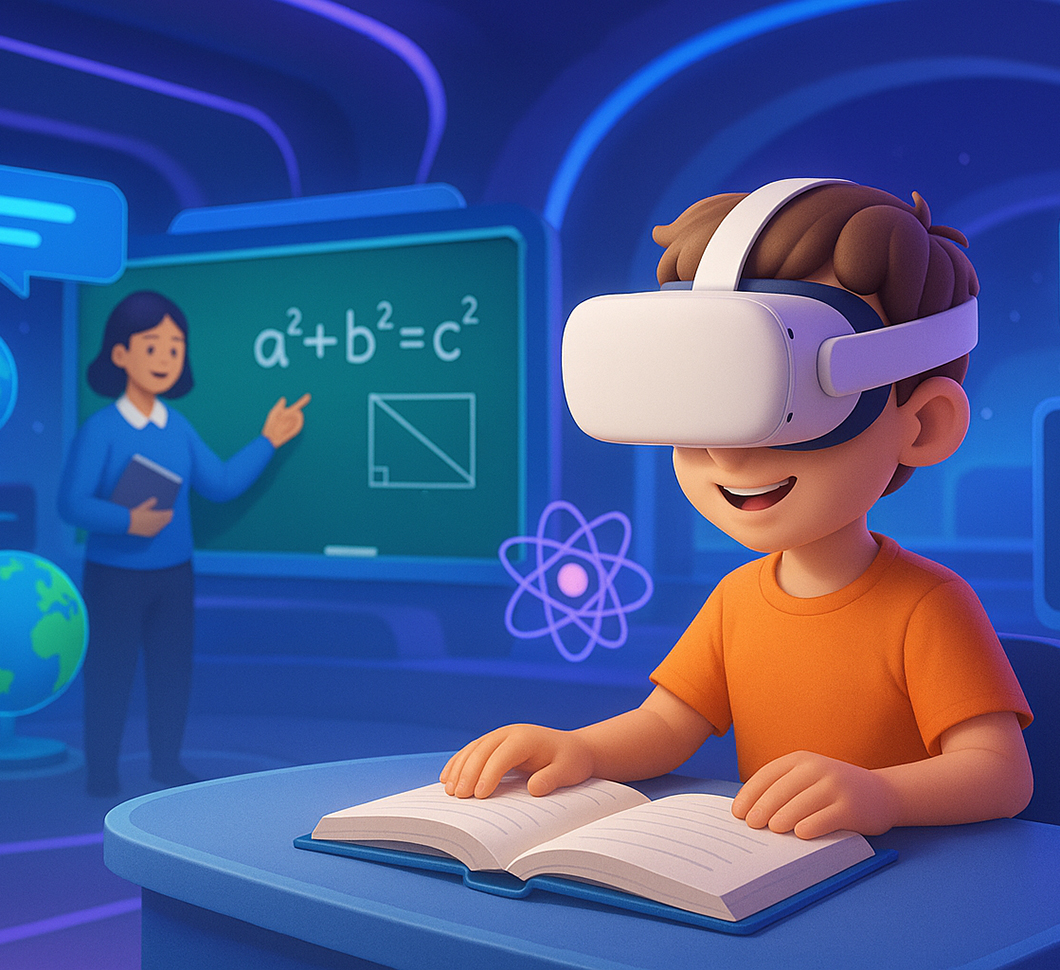 Level Up Learning: How Game-Based Learning Drives Real Results
Level Up Learning: How Game-Based Learning Drives Real Results 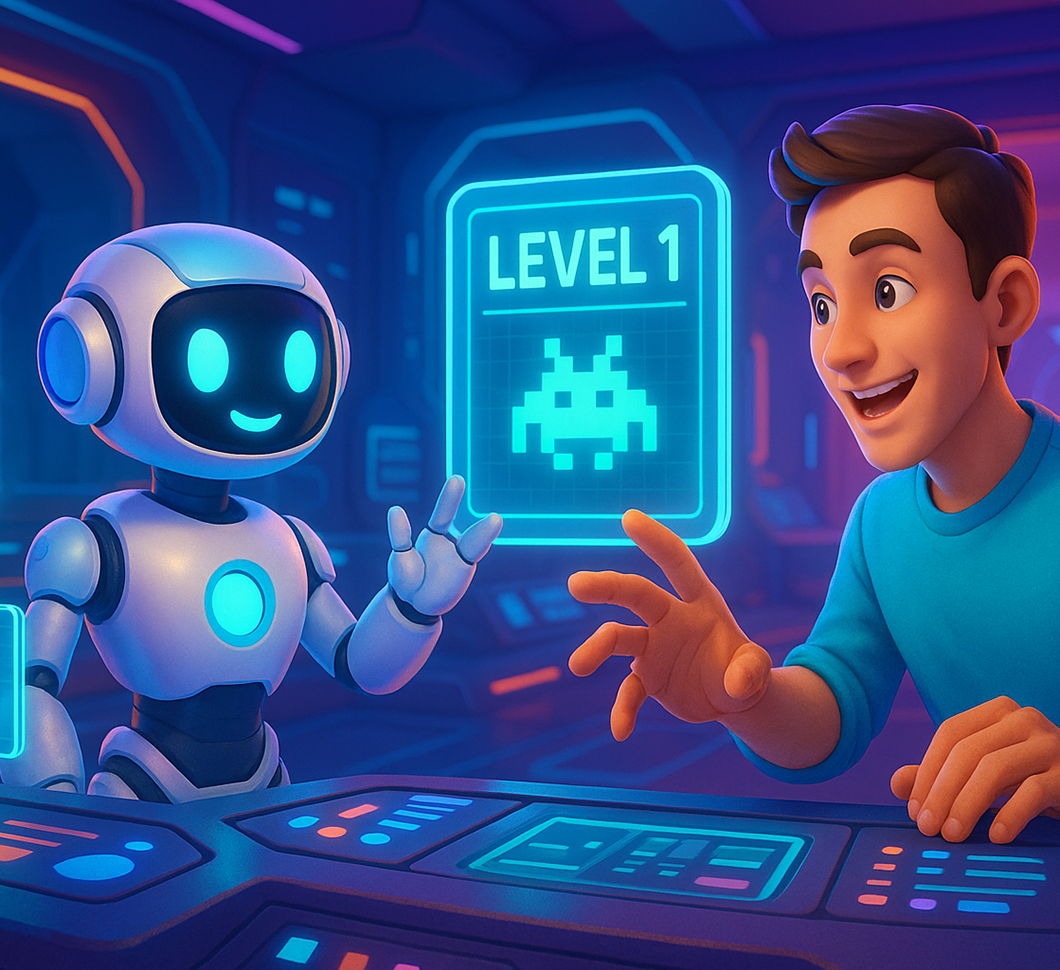 AI Game Assistant Integration for Smarter, Player-Responsive Games
AI Game Assistant Integration for Smarter, Player-Responsive Games 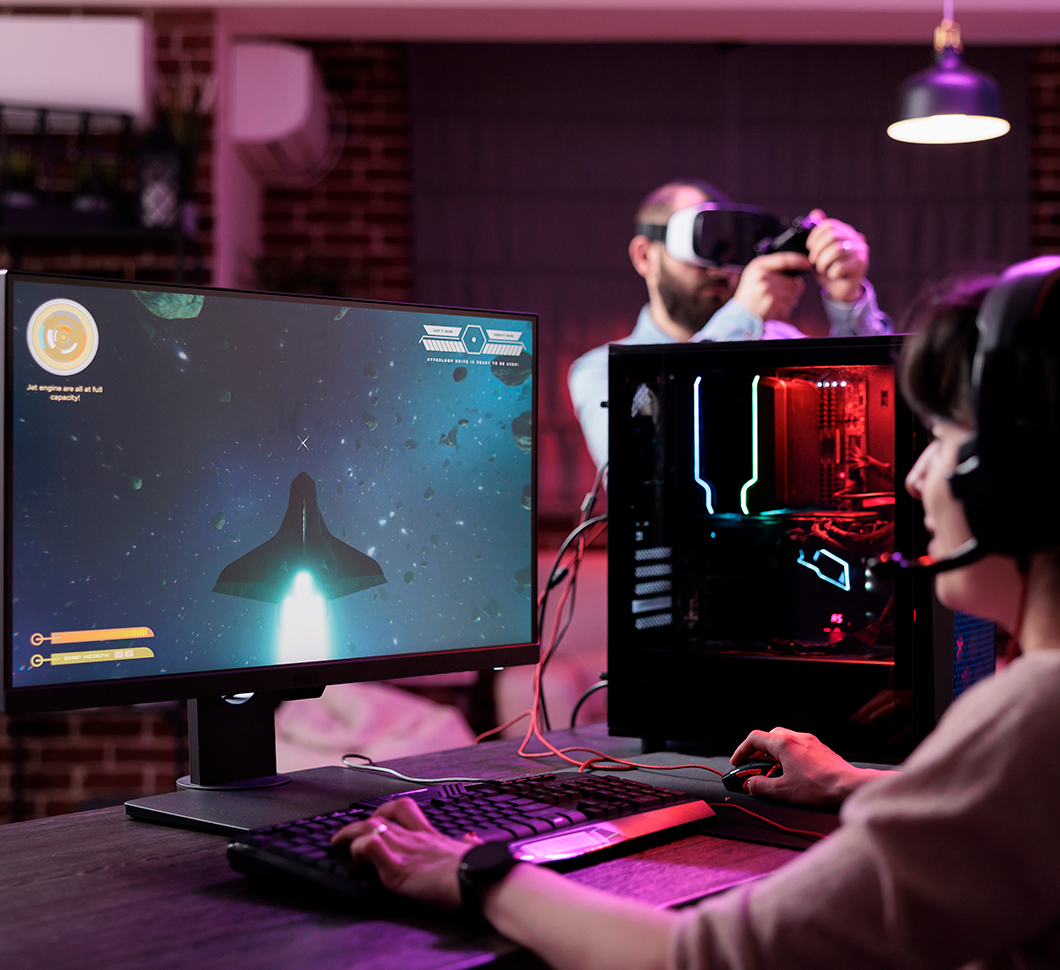 Beyond Reality: What Is a Simulation Game and Why It Matters Today
Beyond Reality: What Is a Simulation Game and Why It Matters Today  Proof of Concept Game: The First Step Toward a Full-Scale Game
Proof of Concept Game: The First Step Toward a Full-Scale Game 
















